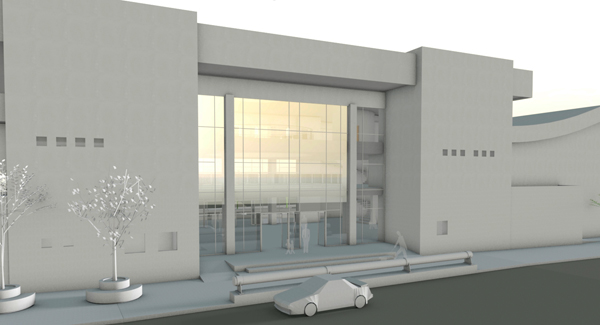I read this article the other day in the RIBA Journal and found it interesting, so I thought I’d share it with you..
A WORLD APART
As published in the RIBA Journal Oct 2012
Forget team players, original ideas often come from quiet solitude, says David Hamilton Eddy
One of the imperatives of management theory in the latter part of the last century was that of being a ‘team player’. Outside Western movies, the word ‘maverick’ denoted not personal integrity and courage challenging conformity, but selfishness and lack of co-operation.
In her book Quiet: The Power of Introverts in a World that Can’t Stop Talking author and one time lawyer Susan Cain resurrects the maverick as creative introvert.
Creative introverts need solitude and silence to produce their best work independently – unlike extroverts who require the social stimulation of a group. Cain shows this with examples in both the arts and sciences, from Franz Kafka to Stephen Wozniak, designer of the first PC and Apple co-founder with Steve Jobs.
Wozniak worked alone in silence in line with what research psychologist Anders Ericsson called Deliberate Practice – intensive, focussed work carried out in solitude. As early as 1963 Marvin Dunnette, professor of psychology at the University of Minnesota, methodically demonstrated that two groups of research scientists and advertising executives, all employees of 3M, produced better ideas in solitude than in group brainstorming sessions.
Secret killer
Cain’s chapter ‘Quiet: When Collaboration kills Creativity’ should be required reading for architects and architectural students.
Throughout the seventies and eighties I gave architectural students lectures on social psychology as well as participating in the studio.
I discovered the ‘crit’ could be difficult for creative introverts. Confident extroversion was the order of the day and there was a degree of implicit conformity to Cain’s GroupThink. ‘Irrational’ designs, say of the Mendelsohnian Einstein Tower-type, got a rough ride – and not just because of construction difficulties.
Post-modern baroque ideas or Derridean deconstruction, however, were acceptable given enough panache. For many students it was about second guessing the tutors’ prejudices. More examples of GroupThink.
Introverted students displaying authentic originality were starved of encouragement and even humiliated. A good team player ‘sold’ his scheme in the good old extrovert way.
Students worked in open plan studios with minimum privacy, so eccentric or maverick approaches evident from the start could be quashed from day one. Undoubtedly, this was a corrective to mediocre design but does the absence of great individualist architects like Mendelsohn and Frank Lloyd Wright in recent years stem from the team player emphasis? Many of today’s ‘great’ architects started in a practice called Team Something. Creative contemporary individualists like Zaha Hadid or Frank Gehry are very much the exception.
Introverted students displaying authentic originality were starved of encouragement and even humiliated. A good team player ‘sold’ his scheme in the good old extrovert way.
Students worked in open plan studios with minimum privacy, so eccentric or maverick approaches evident from the start could be quashed from day one. Undoubtedly, this was a corrective to mediocre design but does the absence of great individualist architects like Mendelsohn and Frank Lloyd Wright in recent years stem from the team player emphasis? Many of today’s ‘great’ architects started in a practice called Team Something. Creative contemporary individualists like Zaha Hadid or Frank Gehry are very much the exception.
Cain’s critiques of open plan design has important implications for architects as both designers and individuals. She points out that in schools and offices, open plan design reduces productivity and original ideas, increases staff turnover, induces sickness through stress and facilitates hostility and irritability.
But the worm is turning. Cain cites Backbone Entertainment, a video game design company in Oakland, California which created cubicles, ‘nooks and crannies they can hide in and just be away from everybody’. Microsoft has flexible open plan layouts too to give solo workspaces.
As someone once nearly said: don’t under-estimate the power of the quiet individual.


